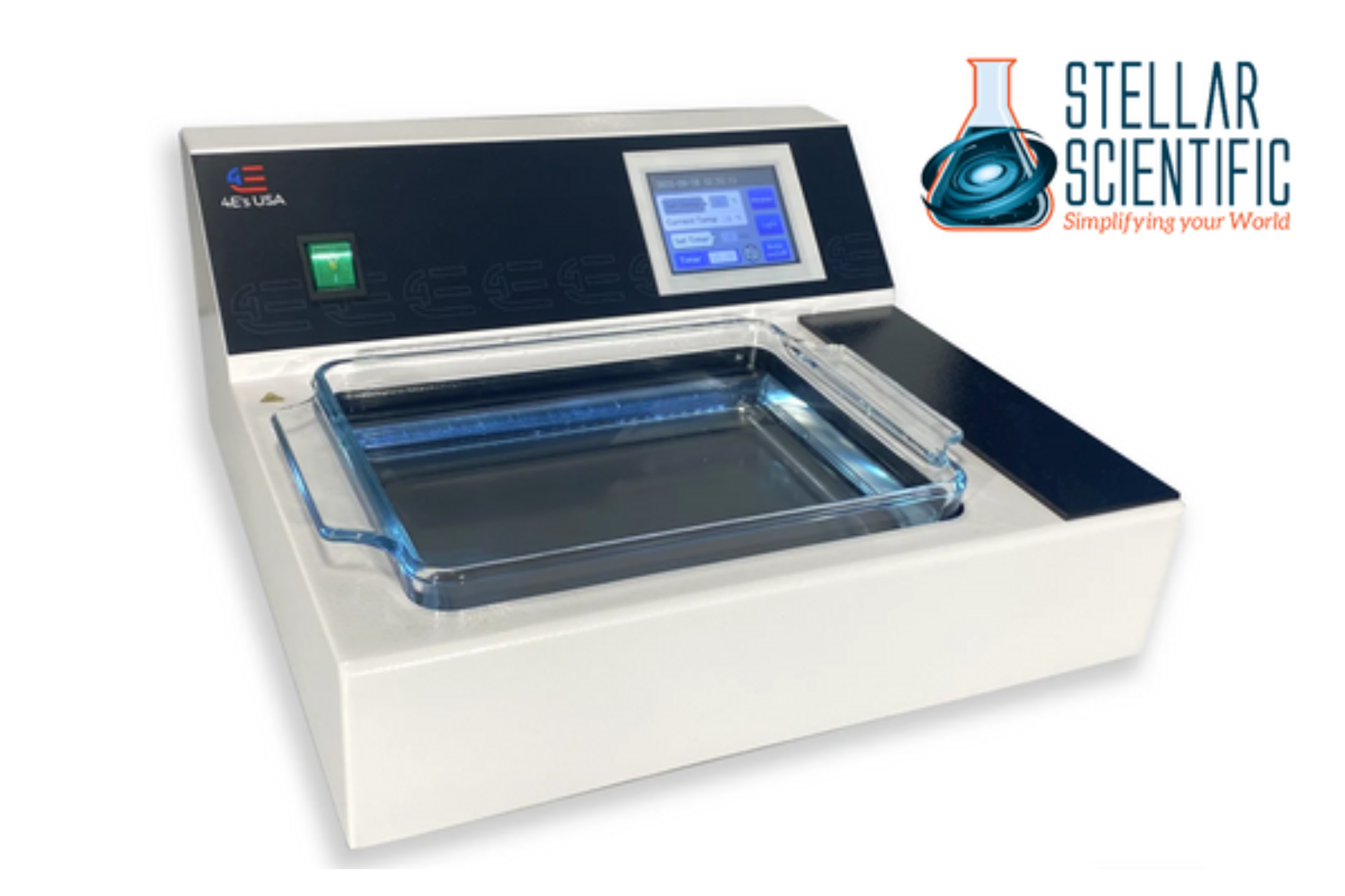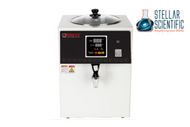Essential Histology Supplies You Need for Accurate Research and Diagnostics: A Comprehensive Guide by Stellar Scientific
28th Mar 2025
Histology, the study of microscopic tissue structures, is fundamental in both research and clinical diagnostics. Accurate histological analysis relies heavily on the quality of equipment and supplies used throughout the process. This guide delves into the essential histology supplies required to ensure precise and reliable results.
Microscopes: The Cornerstone of Histological Examination
High-quality microscopes are indispensable in histology laboratories. They allow scientists and clinicians to observe tissue samples at various magnifications, facilitating the identification of cellular structures and abnormalities. Advanced models offer features like enhanced optics and digital imaging capabilities, which are crucial for detailed analysis and documentation. For optimal results, laboratories should invest in the best histology supplies, ensuring precision and reliability in every examination.
Microtomes: Precision in Tissue Sectioning
Microtomes are specialized instruments designed to cut extremely thin sections of tissue samples, typically between 5 to 15 micrometers thick, for microscopic examination. The precision of these cuts is vital, as uniform sections ensure consistent staining and accurate interpretation. Various types of microtomes, including rotary microtomes and cryostats, cater to different tissue types and research needs.
Tissue Processors: Streamlining Sample Preparation
Tissue processors automate the preparation of tissue samples by dehydrating, clearing, and infiltrating them with embedding media, such as paraffin wax. This automation enhances efficiency and consistency, reducing potential human errors and ensuring that tissues are adequately preserved for subsequent analysis.
Embedding Centers: Ensuring Sample Integrity
Embedding centers facilitate the precise orientation of tissue samples within embedding media, typically paraffin. Proper embedding is crucial for accurate sectioning, as it maintains the tissue's structural integrity and orientation, which are essential for correct diagnosis and research outcomes.
Staining Systems: Enhancing Tissue Contrast
Biological tissues inherently lack contrast, making staining an essential step in histology. Automated staining systems apply specific dyes to tissue sections, highlighting various cellular components and structures. Common stains like Hematoxylin and Eosin (H&E) provide general structural information, while specialized stains target specific tissue elements, aiding in detailed analysis.
Slide Dryers and Warmers: Preparing Samples for Examination
After staining, slides must be adequately dried to ensure optimal clarity and durability. Slide dryers and warmers provide controlled environments for this purpose, preventing artifacts and preserving the quality of the samples for accurate microscopic evaluation.

Coverslippers: Protecting and Preserving Samples
Coverslippers apply thin glass coverslips over stained tissue sections, protecting them from physical damage and contamination. This step is vital for preserving the samples and ensuring clear visualization under the microscope.
Cryostats: Facilitating Rapid Frozen Sectioning
Cryostats are specialized microtomes housed within a refrigerated chamber, enabling the cutting of frozen tissue sections. This technique is particularly useful for rapid intraoperative diagnoses, as it allows for the quick preparation and examination of tissue samples without the need for traditional processing and embedding.
Consumables: Supporting Daily Laboratory Operations
Beyond major equipment, various consumables play critical roles in histology laboratories:
-
Glass Slides and Cover Glasses: Essential for mounting and protecting tissue sections during microscopic examination.
-
Staining Reagents: High-quality dyes and chemicals ensure consistent and accurate staining results.
-
Paraffin Wax: Used as an embedding medium to support tissue samples during sectioning.
-
Fixatives: Chemicals like formalin preserve tissue morphology and prevent degradation.
-
Disposable Blades: Sharp blades are crucial for precise sectioning and are typically single-use to maintain consistency.
Safety Equipment: Ensuring a Secure Working Environment
Maintaining safety in the laboratory is paramount. Essential safety equipment includes:
-
Personal Protective Equipment (PPE): Gloves, lab coats, and safety goggles protect personnel from chemical exposures and biological hazards.
-
Fume Hoods: Ventilated enclosures that safely expel hazardous fumes generated during processes like staining and tissue processing.
-
Sharps Containers: Designated receptacles for the safe disposal of blades and other sharp instruments, minimizing the risk of injury.
Quality Control Materials: Upholding Standards
Implementing quality control measures is essential to ensure the reliability of histological analyses. Control slides with known tissue types or pathologies serve as benchmarks for staining procedures, helping to validate the accuracy and consistency of results.
Laboratory Information Systems (LIS): Enhancing Data Management
Modern histology laboratories benefit from Laboratory Information Systems that manage data, track samples, and integrate with other laboratory instruments. LIS platforms streamline workflows, reduce errors, and facilitate efficient data retrieval and analysis.
About Stellar Scientific
Stellar Scientific is a family-owned business dedicated to serving the scientific community with high-quality laboratory equipment and consumables. Understanding the challenges faced by researchers and clinicians, Stellar Scientific offers a curated selection of essential histology lab products, including plastic and glass consumables, as well as equipment commonly found in research laboratories, hospitals, clinics, pharmaceuticals, and biotech companies. Their commitment to competitive pricing and comprehensive product descriptions ensures that customers receive reliable tools tailored to their specific needs. Stellar Scientific continues to support scientific advancements by providing products that meet the rigorous demands of modern laboratories.

